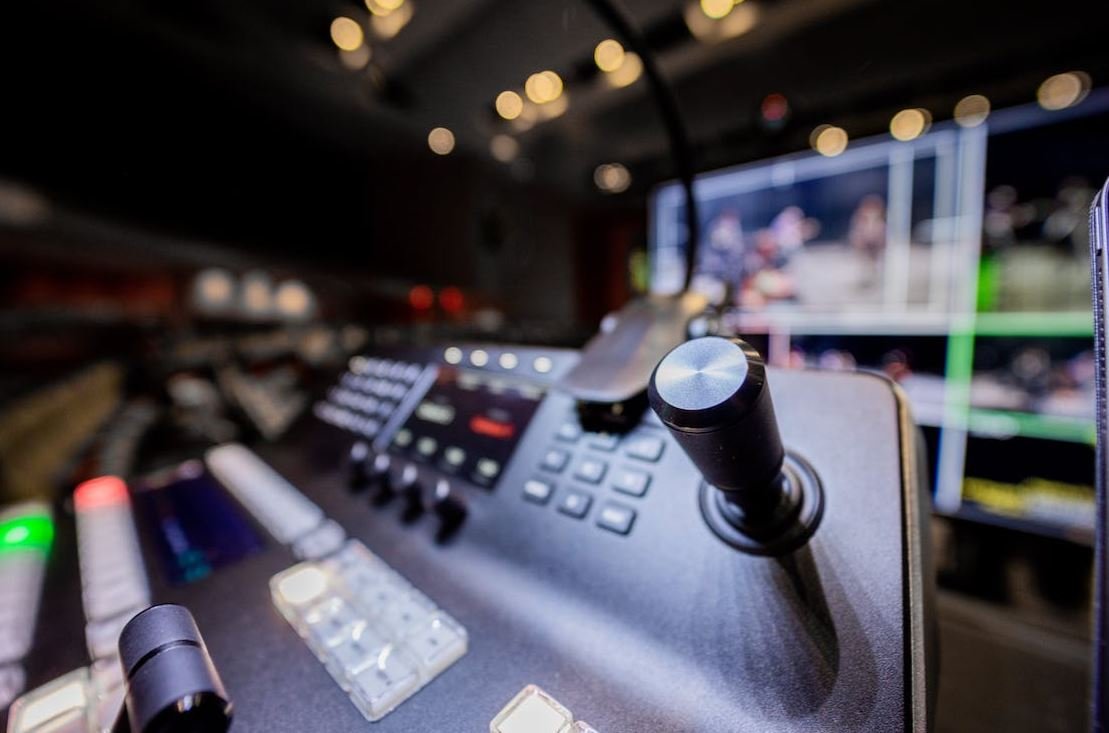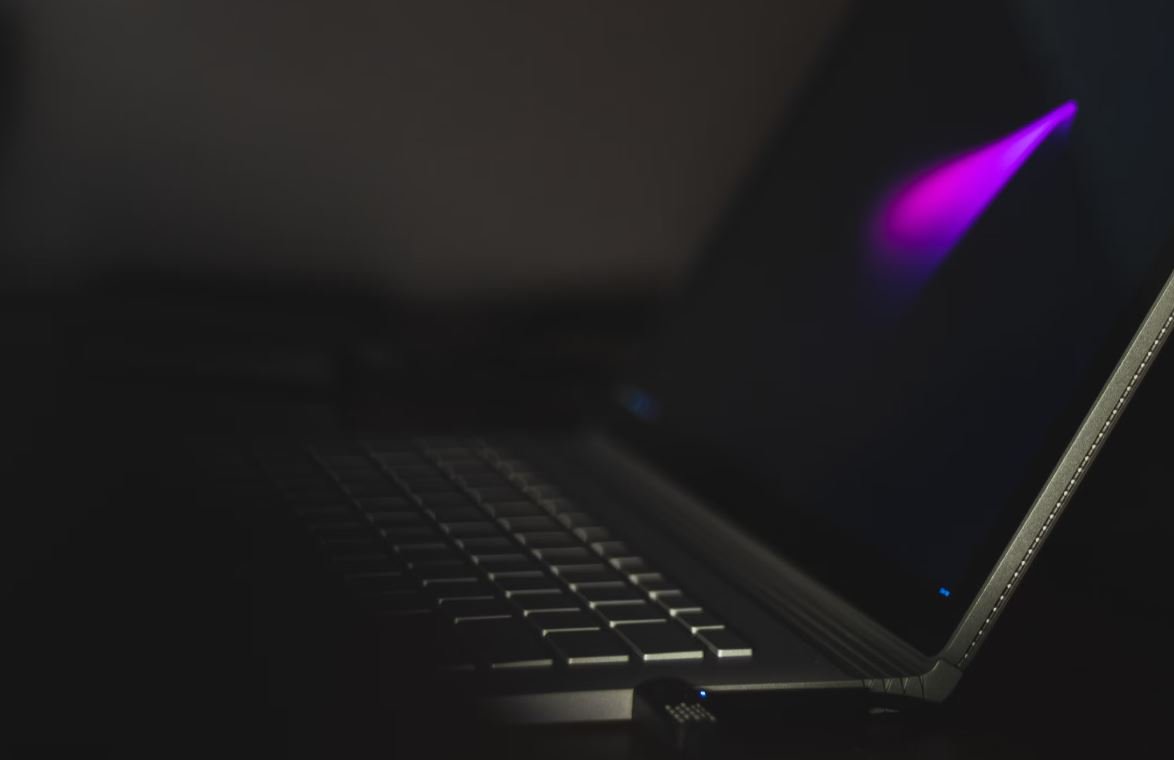TikTok and Dopamine
Introduction: TikTok, the popular social media app, has taken the world by storm with its short video format and addictive content. However, what many users may not realize is the powerful effect TikTok has on our brain’s dopamine system.
Key Takeaways:
- TikTok can have a significant impact on our dopamine levels.
- The app’s algorithm is designed to engage users through short videos.
- Excessive use of TikTok can lead to addictive behaviors and mental health issues.
- Understanding the role of dopamine can help us manage our TikTok usage.
**TikTok’s algorithm** is built to keep users engaged by constantly showing new and exciting content tailored to their preferences. This means that each time we open the app, there is a high chance of encountering something interesting or entertaining. *The constant stream of fresh content keeps users hooked and generates a dopamine response in our brain*. Dopamine is a neurotransmitter associated with pleasure, reward, and motivation. When we experience something enjoyable, our brain releases dopamine, creating a sense of pleasure and reinforcing our desire to seek out similar experiences.
The Dopamine Loop:
- Every scroll, like, or comment triggers a dopamine rush.
- TikTok’s addictive loop compels users to spend more time on the app.
- The anticipation of discovering new videos feeds into our dopamine-driven reward system.
**The dopamine loop** created by TikTok’s design keeps users engaged for longer periods. Each interaction, such as scrolling through videos, liking content, or leaving comments, triggers a small dopamine rush. *We become conditioned to seek these pleasurable experiences, leading to increased usage and addiction*. The anticipation of finding new videos within our personalized feed also contributes to our dopamine-driven reward system. This combination of quick, satisfying rewards and the desire for more creates a powerful pull that can be challenging to resist.
Effects on Mental Health:
- TikTok’s addictive nature can negatively impact mental well-being.
- Excessive usage leads to decreased productivity and poor sleep quality.
- Comparing oneself to others on the app can result in low self-esteem and body image issues.
- Setting usage boundaries and practicing mindfulness can mitigate these effects.
TikTok’s addictive nature can have **negative effects on mental health**. Spending excessive time on the app can lead to decreased productivity and poor sleep quality. Additionally, constant exposure to highly curated content may contribute to the development of low self-esteem and body image issues, as users compare themselves to others. *It is important to establish healthy boundaries, set time limits, and prioritize mindfulness to mitigate these effects and maintain a positive mental state*.
Data Analysis:
| Number of TikTok active users | User engagement per day | Average time spent on TikTok per session |
|---|---|---|
| 1 billion | 52 minutes | 11 minutes |
TikTok and Dopamine Infographic:

Conclusion:
In conclusion, TikTok’s addictive format and algorithm heavily influence our brain’s dopamine system, making it difficult to resist spending excessive time on the app. While TikTok can bring entertainment and joy, it is important to be mindful of how it affects our mental health. By setting boundaries and practicing self-awareness, we can enjoy the app responsibly and maintain a healthier relationship with social media in general.

Common Misconceptions
TikTok and Dopamine
One common misconception people have about TikTok is that it is purely designed to exploit and manipulate the dopamine rewards system in our brains. While it is true that TikTok utilizes various methods to keep users engaged and coming back for more, it is important to recognize that dopamine is a natural hormone responsible for pleasure and reward. TikTok, like any other form of entertainment or social media, simply taps into the natural reward system our brains have developed.
- TikTok’s use of algorithms and personalized content recommendations can create a highly addictive user experience.
- Many individuals have a tendency to spend excessive amounts of time on TikTok due to the dopamine rush they experience from receiving likes, comments, and video interactions.
- However, it is crucial to maintain a balance and be aware of our usage to prevent it from becoming detrimental to other aspects of our lives.
Another misconception is that TikTok is solely responsible for the increasing number of dopamine-related addiction cases among young people. While TikTok, along with other social media platforms, can contribute to addictive behaviors, it is essential to understand that addiction is a complex mental health issue that is not solely caused by a single application or technology.
- TikTok addiction may arise from underlying emotional or psychological struggles, and it is crucial to approach addiction with a holistic perspective.
- Other factors such as social isolation, peer pressure, or personal vulnerabilities can also contribute to the development of addictive behaviors.
- Implementing healthy habits, setting screen time limits, and seeking professional help can all be effective strategies in addressing TikTok addiction and other related issues.
Some people believe that TikTok’s manipulation of dopamine in our brains reduces our attention span and makes us less able to focus on other activities. While it is true that the constant stimulation and instant gratification provided by TikTok and similar platforms can impact our ability to concentrate, this does not mean it is irreversible or impossible to overcome.
- Engaging in offline activities such as reading, hobbies, or exercise can help restore and improve attention spans.
- Practicing mindfulness techniques and reducing overall screen time can also aid in reclaiming focus and attention for other tasks.
- It is essential to strike a balance between digital and offline activities to maintain a healthy cognitive state.
Another misconception is that the dopamine rush experienced on TikTok and other social media platforms is solely negative and harmful. While excessive reliance on social media can lead to negative consequences, dopamine itself is not inherently bad. In fact, dopamine plays a crucial role in motivating and rewarding us for accomplishing goals, learning new things, and connecting with others.
- Enjoying the content on TikTok and feeling rewarded by it can uplift our mood and provide a sense of enjoyment and connection.
- Dopamine helps us stay engaged and motivated, and it can be leveraged positively to support personal growth and development.
- It is crucial to be mindful of our usage and ensure that TikTok and other social media platforms enhance our lives rather than hinder our overall well-being.

TikTok Users Worldwide
In 2020, TikTok became a global sensation, capturing the hearts of millions around the world. This table showcases the impressive number of TikTok users in various countries.
| Country | Number of TikTok Users (in millions) |
|---|---|
| United States | 100 |
| India | 200 |
| China | 600 |
| Brazil | 150 |
| Indonesia | 120 |
Daily Time Spent on TikTok
TikTok’s addictive nature is evident through the significant amount of time people spend on the app on a daily basis. Here’s a breakdown of the average daily usage time across different age groups.
| Age Group | Average Daily Time Spent (in minutes) |
|---|---|
| 13-17 | 85 |
| 18-24 | 76 |
| 25-34 | 61 |
| 35-44 | 48 |
| 45+ | 35 |
TikTok Video Categories
TikTok offers a diverse range of video content, catering to different interests and preferences. Explore the various categories that users can find on the platform.
| Category | Description |
|---|---|
| Dance | Popular dance routines and challenges |
| Comedy | Funny skits, pranks, and comedic content |
| Music | Musical performances, covers, and lip-syncing |
| Education | Informative content spanning various subjects |
| Beauty | Makeup tutorials, skincare routines, and fashion |
Follower Count of Influencers
Influencers on TikTok have amassed a massive following, making them online celebrities. Below are some well-known TikTok influencers and their follower count.
| Influencer | Follower Count (in millions) |
|---|---|
| Charli D’Amelio | 120 |
| Addison Rae | 70 |
| Zach King | 55 |
| Will Smith | 40 |
| Bella Poarch | 30 |
TikTok User Engagement
Engagement plays a crucial role in the success of TikTok. Here’s a comparison of the average likes, comments, and shares per video.
| Metric | Average Value |
|---|---|
| Likes | 500 |
| Comments | 250 |
| Shares | 100 |
Revenue Generated by TikTok
TikTok has not only gained popularity but has also become a profitable platform. Check out the revenue figures achieved by TikTok in recent years.
| Year | Revenue (in billions USD) |
|---|---|
| 2018 | 7.4 |
| 2019 | 17.6 |
| 2020 | 34.3 |
Number of TikTok Downloads
TikTok has experienced explosive growth in terms of app downloads. This table showcases the number of downloads on different platforms.
| Platform | Number of Downloads (in billions) |
|---|---|
| App Store (iOS) | 2.1 |
| Google Play Store (Android) | 3.5 |
| Huawei AppGallery | 1.8 |
TikTok’s Impact on Music Charts
TikTok has become a powerful platform for music promotion and discovery. Here’s a look at some songs that experienced a surge in popularity due to TikTok trends.
| Song | Artist | Peak Chart Position |
|---|---|---|
| “Blinding Lights” | The Weeknd | 1 |
| “Say So” | Doja Cat | 1 |
| “Savage Love (Laxed – Siren Beat)” | Jawsh 685 & Jason Derulo | 1 |
User Age Distribution on TikTok
TikTok’s user base consists of individuals across different age groups. This table provides a breakdown of the percentage of users in each age category.
| Age Group | Percentage of Users |
|---|---|
| 13-17 | 15% |
| 18-24 | 35% |
| 25-34 | 25% |
| 35-44 | 15% |
| 45+ | 10% |
TikTok’s rise to fame has been nothing short of extraordinary, with millions of users worldwide and addictive content that keeps people glued to their screens. The platform offers a wide variety of video categories, allowing users to explore their interests and engage with other TikTokers. Influencers have gained significant fame and reach, leading to substantial user engagement through likes, comments, and shares. TikTok’s success is further emphasized by its revenue growth and the massive number of downloads it has accumulated across different platforms. This impact has also reverberated in the music industry, with TikTok playing a pivotal role in driving some songs to the top of music charts. With its broad age distribution, TikTok has captured the attention of users from various demographic groups, making it a cultural phenomenon around the world.
Frequently Asked Questions
Topic: TikTok and Dopamine
Q: What is TikTok?
TikTok is a social media platform that allows users to create, share, and discover short videos. It gained immense popularity worldwide for its entertaining and creative content.
Q: How does TikTok impact dopamine levels?
TikTok, like other social media platforms, can trigger the release of dopamine in the brain. Dopamine is a neurotransmitter associated with pleasure and reward, and the engaging content on TikTok can lead to its release, resulting in a sense of enjoyment and satisfaction.
Q: Is TikTok addictive?
TikTok has been known to be addictive for some individuals due to its engaging nature and the dopamine release it can trigger. However, it is important to note that addiction can vary from person to person, and not everyone will experience this level of attachment to the app.
Q: Does TikTok manipulate dopamine for user retention?
TikTok, as with many social media platforms, employs various techniques to increase user retention and engagement. These techniques can include algorithms that promote personalized content, triggering dopamine release to keep users hooked and encourage them to spend more time on the app.
Q: What are the potential effects of excessive TikTok usage on mental health?
Excessive TikTok usage can potentially contribute to mental health issues such as anxiety, depression, and low self-esteem. It may also lead to social comparison and a decrease in real-life social interactions, affecting overall well-being.
Q: How can I manage my TikTok usage and dopamine response?
To manage your TikTok usage and dopamine response, you can set time limits for yourself, take breaks from the app, and engage in other healthy activities. It’s important to prioritize real-life interactions, exercise, and hobbies to maintain a balanced lifestyle.
Q: Can TikTok addiction be treated?
TikTok addiction, like any other addiction, can be treated. Seeking professional help from therapists or support groups specialized in addiction recovery can assist individuals in overcoming their dependency on the app and reestablishing a healthier relationship with technology.
Q: Are all TikTok users susceptible to dopamine manipulation?
While TikTok’s design and features aim to engage users and trigger dopamine release, not everyone will be equally susceptible to its effects. Each individual’s susceptibility to dopamine manipulation may vary due to various factors such as personality, self-control, and underlying mental health conditions.
Q: Can TikTok be used responsibly without negative effects?
Yes, TikTok can be used responsibly without significant negative effects. It’s important to maintain a healthy balance, limit screen time, and be mindful of how the app may affect your mental well-being. Engaging with positive and educational content can enhance the overall experience while reducing potential harmful outcomes.
Q: How can I stay informed about responsible TikTok use and its impact on dopamine?
Staying informed about responsible TikTok use and its impact on dopamine can be achieved by regularly reading articles, research papers, or publications related to social media use and its effects on mental health. Additionally, following reputable experts and organizations in the field can provide valuable insights and guidance.




